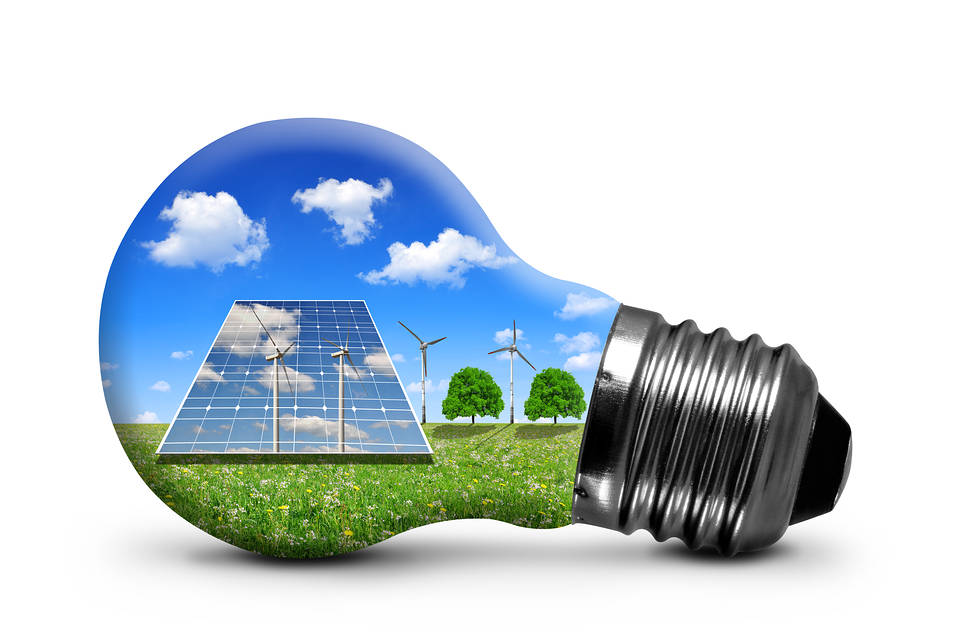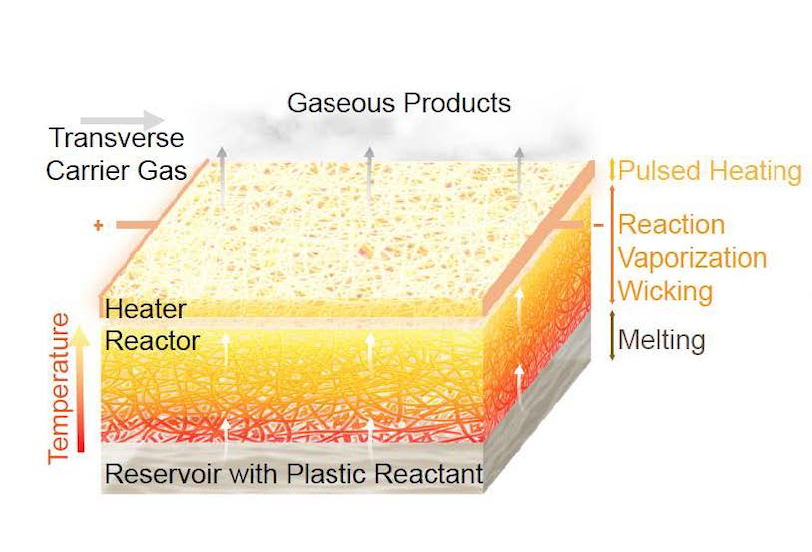News Story
Reversal of Clean Energy Policies Could Lead to $1.1 Trillion Loss in U.S. GDP

Absolute changes in state-level GDP in 2035 under Federal Rollbacks relative to Current Policies.
Reprinted from the Center for Global Sustainability
The new study estimates economic and health impacts through 2035, projecting severe losses which include 3,100 additional deaths due to increased pollution, a $206 rise in average home energy costs, a $194 billion loss in GDP, and a $26 billion drop in household disposable income in 2035.
Read the report here.
Investment uncertainty stemming from changes at the federal level, including tariffs, has already contributed to an $8 billion loss due to cancelled or downsized clean energy projects. Halting the planned transformation of the energy system has multi-level consequences on areas including national economic output, household energy costs, and income stability across states. The elimination of clean energy and climate policies would result in the following:
- Households would suffer a nearly $160 billion loss in disposable income by 2035, with a $26 billion loss in 2035 alone due to the cascading effects of repealing clean energy tax credits and direct subsidies.
- In addition to the U.S. GDP loss of $1.1 trillion by 2035, state-level GDP would also be affected across the U.S. The distribution of economic impacts is uneven across states, dependent on state-level characteristics including the economy size, fossil fuel reliance, projected renewable energy resources, and interstate trade. In terms of absolute GDP loss as well as percentage GDP loss, the most affected are Texas, Michigan, Indiana, Montana, Alaska, Wyoming, and Vermont (Fig. 4).
- At the household level, repealing low-cost clean energy and energy efficiency programs would increase annual energy costs by hundreds of dollars. The study explains that home energy costs would rise by $206 per year in 2035 with federal policy rollbacks. In some states, household costs could reach $339 annually by 2035. Coupled with an overall decrease in household disposable income, the economic ramifications would be felt across 50 states.
In addition to modeling the impacts of federal clean energy rollbacks, the study highlights real-world examples of federal clean energy policy implementation, demonstrating the significant economic and health advantages already achieved across states, cities, businesses, healthcare facilities, schools, and more.
A forthcoming CGS report will update the analysis to reflect the current state of federal policy and explore the ways in which non-federal actors can lead on climate action if the current budget bill is passed.
Published June 30, 2025
















